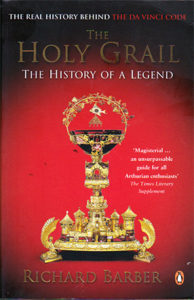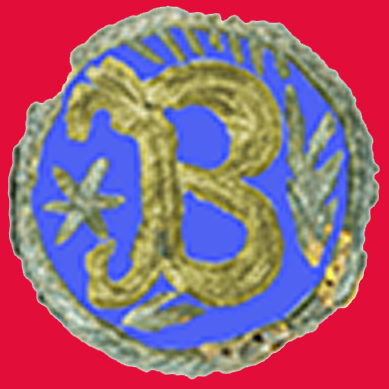 The Holy Grail is an image familiar to us all as an almost unattainable, infinitely desirable goal. The idea has passed into everyday speech and the legends behind it are as current in today’s culture as they have ever been. And yet the Grail has no real religious meaning and is nowhere mentioned in the Bible. What is the truth behind this elusive symbol?
The Holy Grail is an image familiar to us all as an almost unattainable, infinitely desirable goal. The idea has passed into everyday speech and the legends behind it are as current in today’s culture as they have ever been. And yet the Grail has no real religious meaning and is nowhere mentioned in the Bible. What is the truth behind this elusive symbol?
Barber traces the history of the stories surrounding the Holy Grail, beginning with Chrétien de Troyes, who in the twelfth century first imagined the famous scene in which a mysterious golden vessel adorned with jewels was paraded before the eyes of an untested youth. The author died before he could complete his tale, and the unsolved mystery of the Grail has haunted us ever since. By a long series of imaginative transformations, the grail has moved from the sphere of romance to religion, and in twentieth-century popular culture has become an emblem of mysticism and man’s highest aspirations, intimately linked with the central ritual of the Christian faith.
Richard Barber tells this extraordinary story: a journey involving theology, history, literature and art, and ranging across most of western Europe and the Near East. The diversity of concepts involved shows the wealth of the Grail’s cultural influence: from the beginning of prose romances – precursors of the modern novel – to the hotly disputed theological ideas of the medieval period and the passions of popular religion. In later centuries, the Grail leads us through the rise of literary scholarship and the fashionable ideas that shaped it, the nineteenth-century enthusiasm for all things medieval, and twentieth-century New Age. The search for the Grail has always been described as a quest; in this book, Barber goes on his own quest, brilliantly exploring the richness of the Holy Grail’s cultural impact.
‘Barber demonstrates a gift for lucid, lively prose and an ability to make highly complex developments both immediate and accessible’ THE NEW YORK TIMES
‘A rich book … Barber has created a splendid foundation for a continuation to a compelling story’ THE TIMES
‘A valuable and fascinating book . . . One finishes the book just wishing there were more works like it’ SUNDAY TELEGRAPH
‘Fascinating … Its combination of scholarship and clarity might itself be described as an intellectual Holy Grail’ DAILY MAIL
